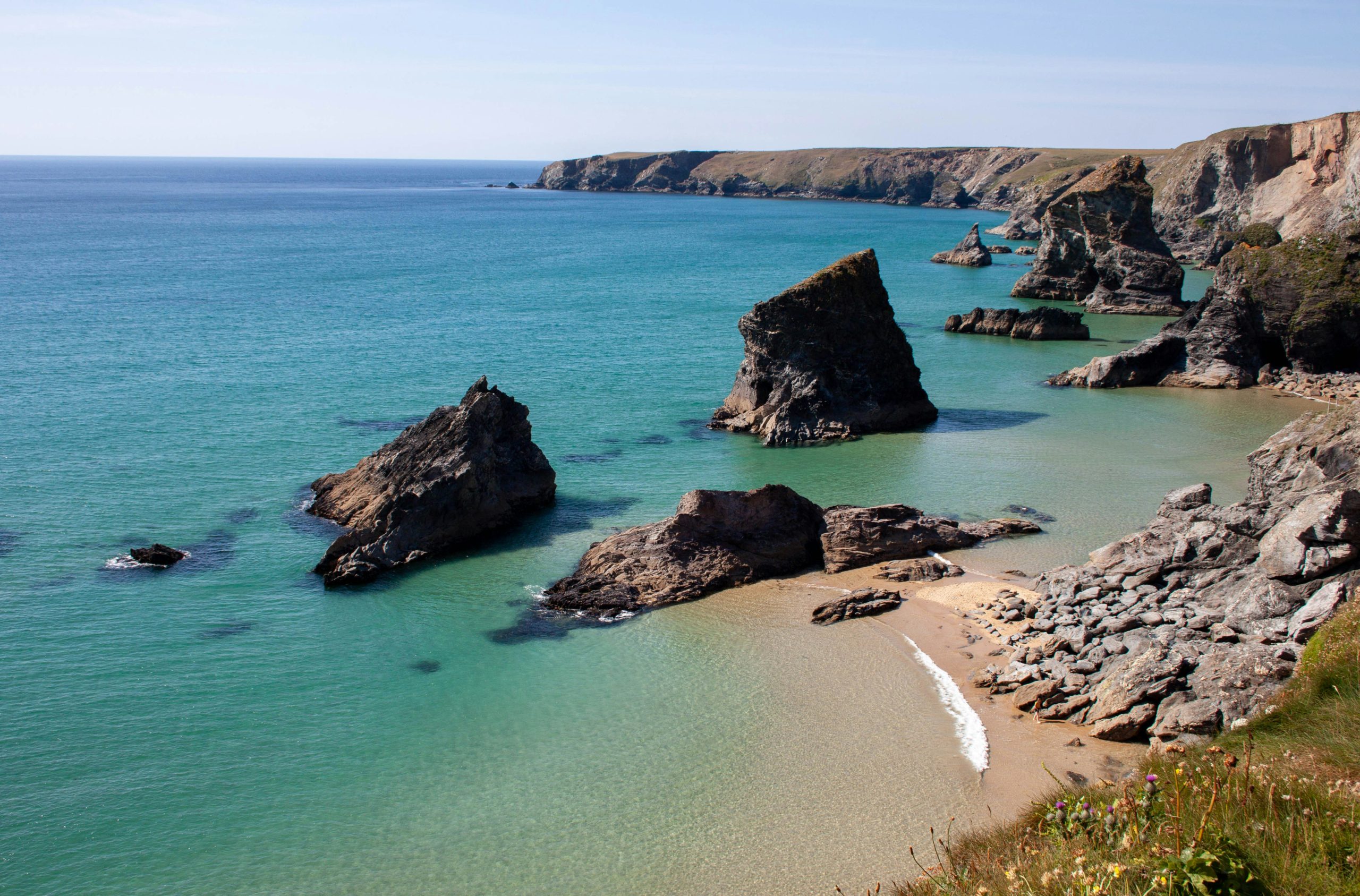
It has been a few years since the UK was actually connected to Northern Africa. To be more precise, it was, until the Jurassic Period around 140-190 million years ago when the huge landmass called Pangea started to break up due to rifting and sea level changes. It was a few years later (around 8,000 years ago) that Ancient Britain became an island nation when separated from mainland Europe following a tsunami. This was during the Mesolithic Period or Middle Stone Age.
It is perhaps of no surprise that seeking to reconnecting these great landmasses should be attempted by the global innovators and visionary entrepreneurs of the 21st century.
There has been much media coverage of this, but an update is timely.
This is, of course, the extraordinary project that seeks to link Morocco with our very own Alverdiscott. Promoted by the company trading as Xlinks, this audacious £22 billion scheme plans to bring Moroccan wind and solar power to Great Britain via the world’s longest undersea electricity cable.
The idea behind this is simple. When the sun is not shining in Morocco, the trade winds blow which means that energy can be generated on a reliable and cheap basis for around 19 hours every day.
This company has secured an huge land area, roughly the size of London, to develop the project which will comprise both tracking solar arrays and wind turbines, in Tan Tan Province, which is in South West Morocco. The electricity generation will be transported via a 4,000 km (2,500 mile) marine cables.
The reward, if this can be pulled off, is huge. The company believe that it can produce 3.6 GW or about 8% of U.K.’s electricity demand. This is enough to power 7 million homes once fully operational.
This project is the brain child of the founder of Xlinks Simon Morrish. He has assembled an impressive team of businessman and leading global scientists. It is highly significant that the chair of the group is Sir Dave Lewis who was the chief executive at Tesco, a highly respected giant in the corporate world and someone who would have thought very carefully before becoming involved in such a high risk project.
The benefits arising are a combination of low price energy and a huge step forward in the green transition to take carbon out of the electricity creation system.
Whilst the project is ambitious and very, very big, all the technology behind it has already been tried, tested and used before. There is therefore no significant technology risk. The challenge, of course, is the scale of the cable link between Morocco and the UK. The UK Government have recognised this as a project of national significance which means that it will receive priority in a streamlining approach to securing planning consent.
In addition to the company’s own funding, this has already attracted significant investors, including the French oil and gas group TotalEnergies, the Abu Dhabi National Energy company and Octopus Energy.
Progress has already been made in terms of some of the basic production. Last month, XLCC was gearing up to manufacture the high voltage direct cable. This will be built in the first dedicated factory producing high voltage cabling of this level. It will be based at Hunterston Scotland and will create 900 jobs. The need for a high technology solution is to achieve a loss of only 3% of its energy per 1,000km travelled. The issue of transmission loss affects all electricity supply routes, particularly the large overhead electricity pylons which transport energy around the country. The losses during this process are significant. This new technology will drastically reduce this and increase the amount the project can generate.
So what could possibly go wrong?
The next big hurdle is to agree a long-term inflation linked contract, known as a Contract for Difference, with Ed Miliband, the Energy Secretary to set a fixed price for the cost of this energy. This itself is no easy task. The energy market is highly volatile. It is estimated that during the first year of this project becoming operational, the wholesale energy prices in the UK will have come down by around 9.3%. It is however critical in securing total funding for the project that a price is agreed with Government. It should establish a commitment at a fixed figure for around 25 years. Agreements like this are common in this industry. There is a similar arrangement in respect of the Hinkley C nuclear power station. With this, the Government agreed a price of £92.50 per megawatt hour. Xlinks are reported to be seeking a “strike price” between £70-£80 per megawatt hour
As well as the income from the lease on the solar and wind farm, the scheme would create 10,000 jobs during construction and employ 2000 people once it is operational. There is already an advanced discussion regarding the special equipment needed to make this happen. In addition to the marine construction work, there is a huge land based operation needed to take the cable from the seabed to its connection point with the National Grid. This will include complex solutions such as building a temporary road to take the majority of construction off local roads to reduce disruption. The cabling itself will be laid in one kilometre sections for the same reason. There have already been extensive consultation with three rounds of engagement over the last two years. This has resulted in some major changes to the plans, including moving the converter station to its current proposed location. This will continue particularly with the local community. Once resolved and consented the build period could take around six years to complete.
Much as this sounds like a huge opportunity, there are inevitably major objections to the impact of a major cable coming ashore in such a sensitive coastal landscape and the disruption on land it will cause during construction.
Why Alverdiscott?
This is where there is a grid connection to the National Transmission Network. It will be a moment for modest local change. The village has a population of 286, which has only risen by 5 in the last decade. It’s last event on international significance was when passing Roman Troops built a temporary camp there.
What’s in it for Northern Devon?
Sadly not the manufacture of the specialist marine cable but huge opportunities for local contractors and specialist workers in both laying and then maintaining the cabling. Also massive ground works and materials supply contracts. All this can and should benefit the local economy.
Will it happen?
It would be a brave person to call this but my money says Yes. Much could still go wrong and funding a project at this level is no easy task. There is also a significant obstacle course to navigate in gaining consent. We will need to get our collective act together in support (or not) of this, to gear up for the economic boost it could generate and manage the downside for those most badly impacted. We should also recognise that if the project sponsors are faced with a wall of objections and potentially years of challenge through the court then they might just decide on a quick right turn mid ocean and end up providing power to Germany.









